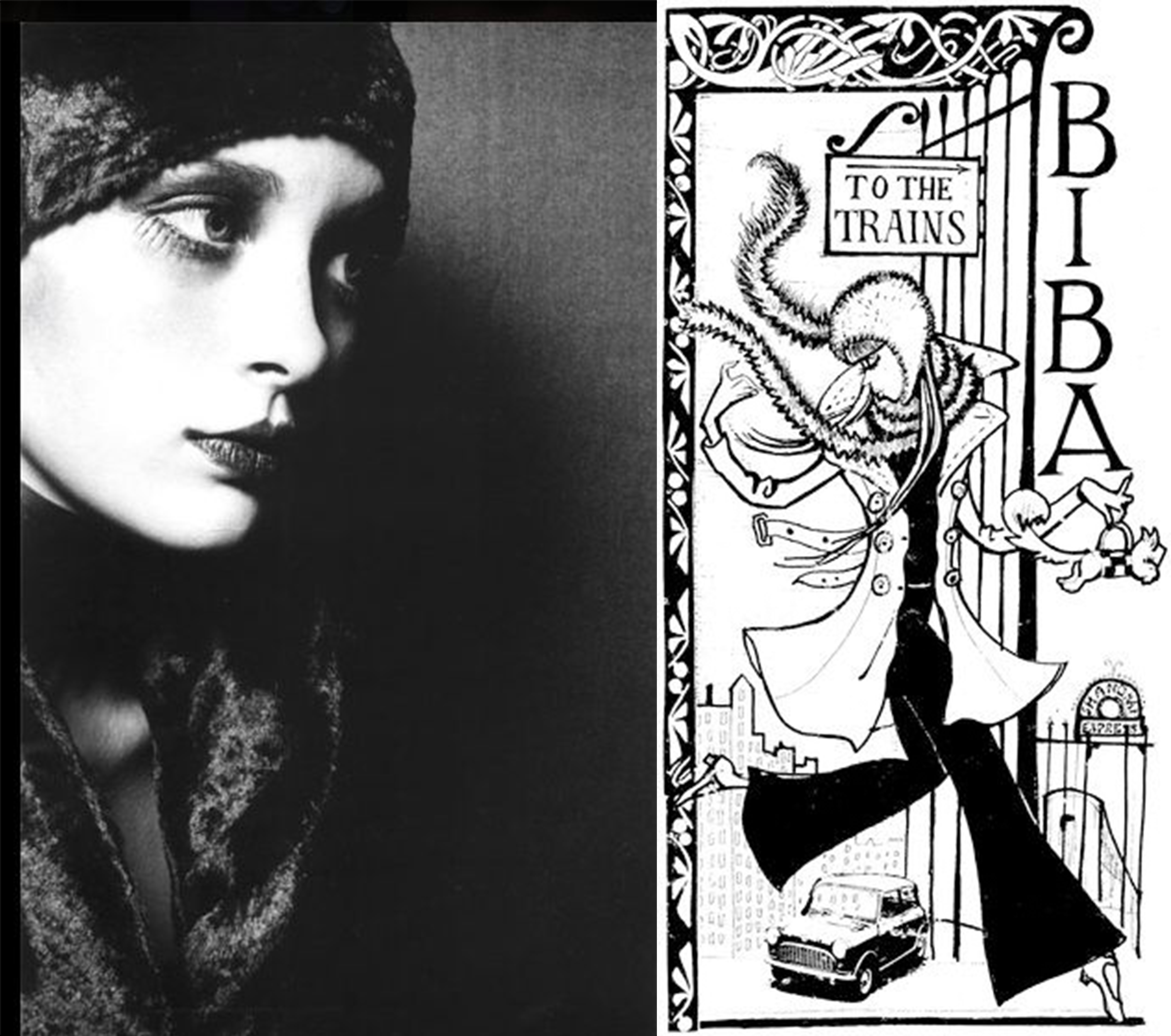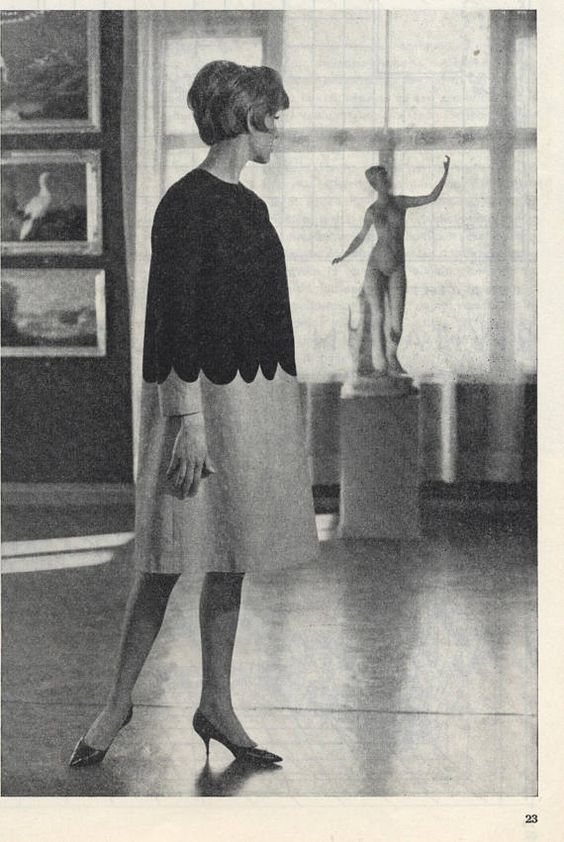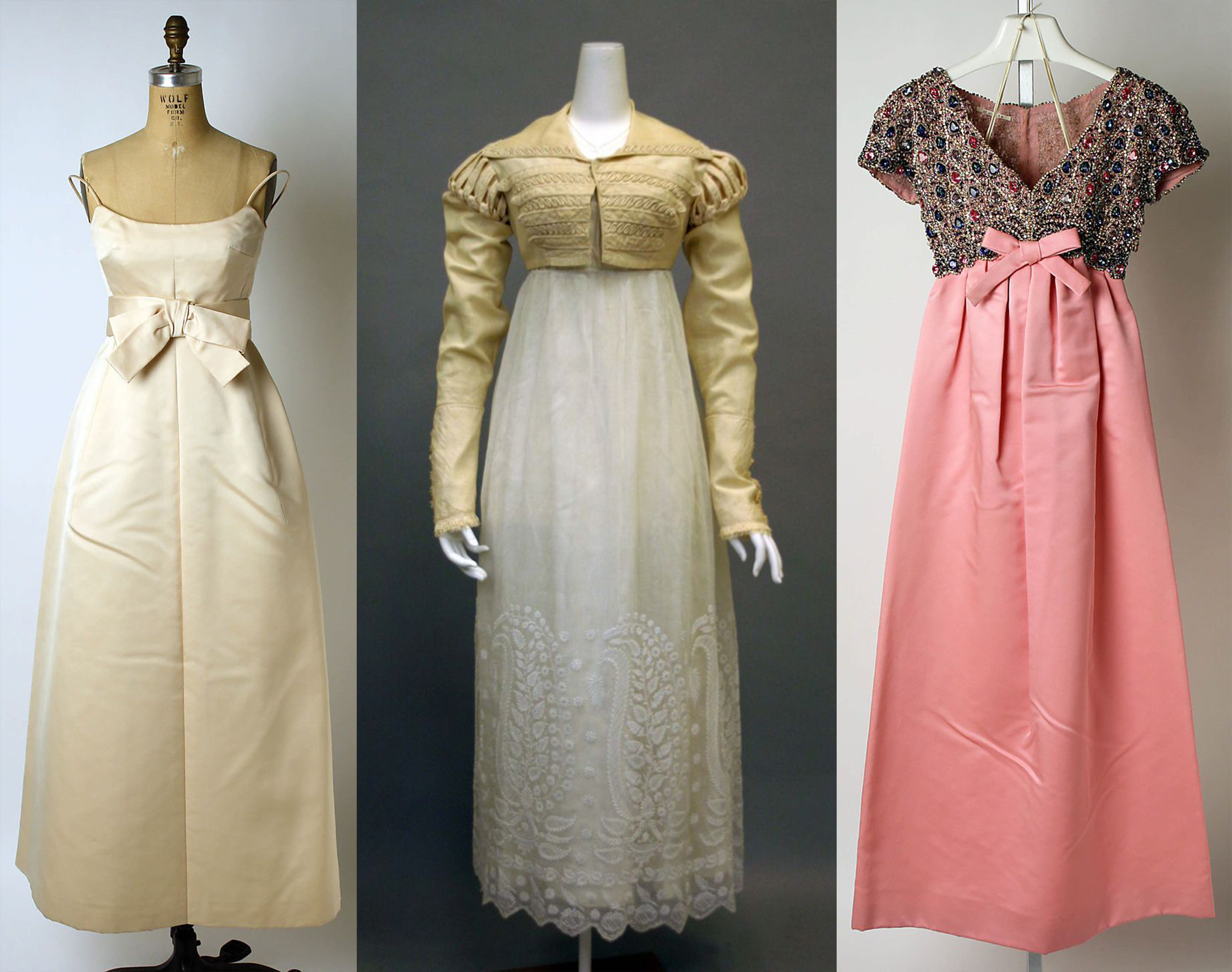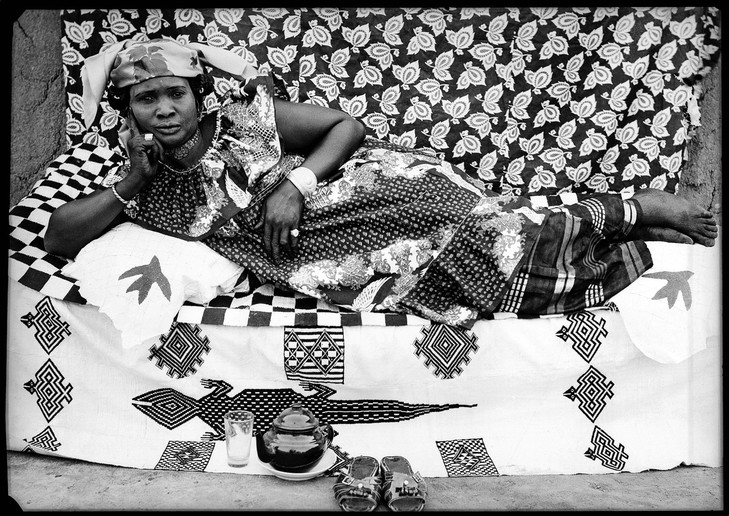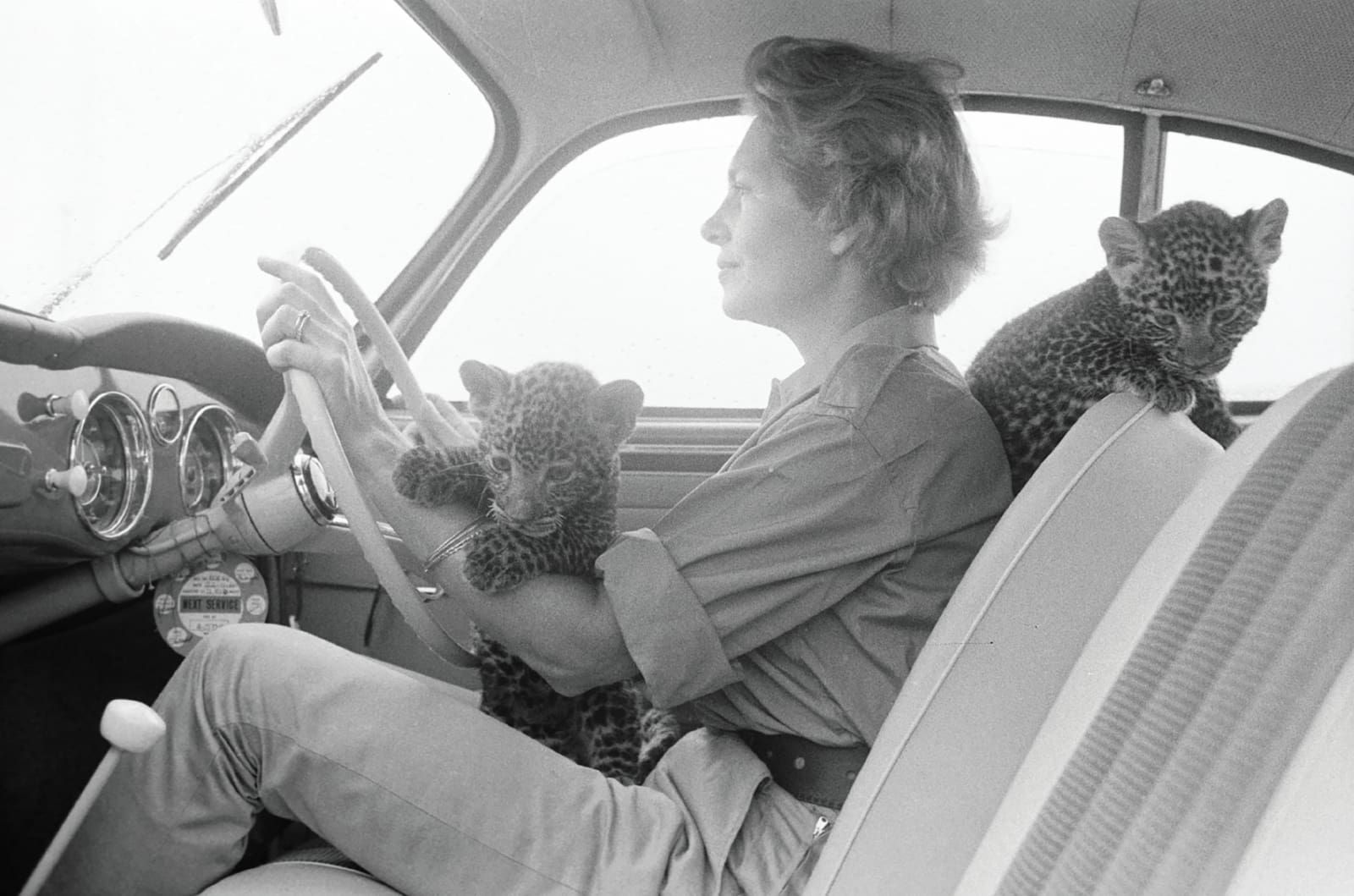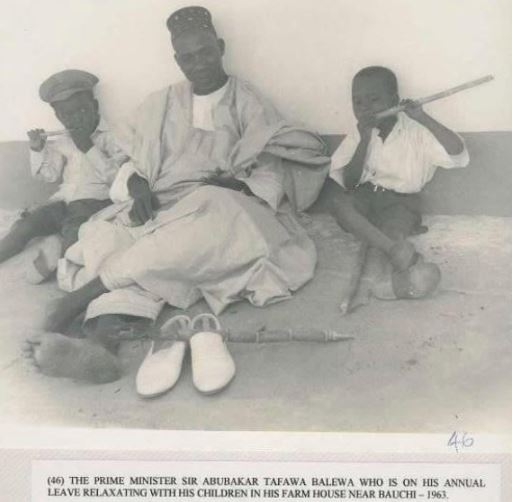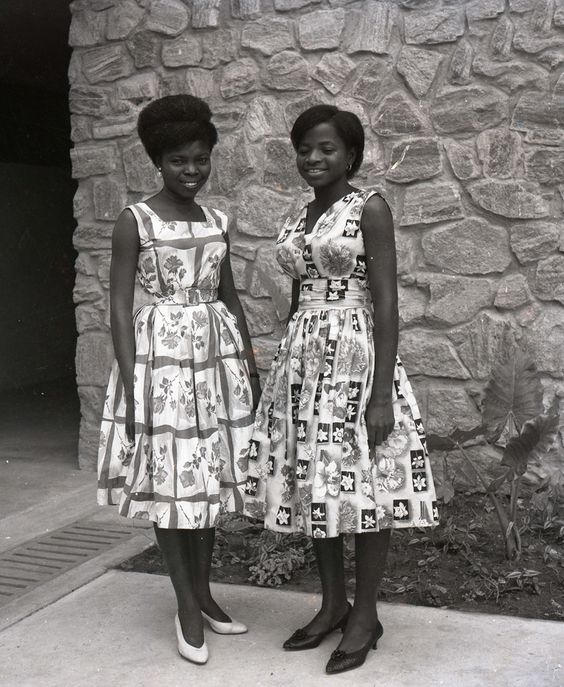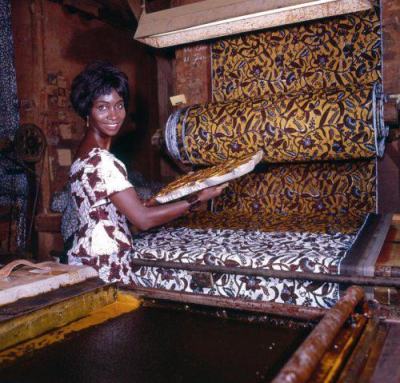
by Gwyn Conaway

The Monokini, featured in orange. The Pope, Denmark, Greece, and the Netherlands have all banned it.
With summer on the verge, everyone’s attention is turning to swimwear, and I don’t think anyone will be talking about anything but Rudi Gernreich’s Monokini for a good while! The fashion activist is known for stirring up the hornet’s nest of Western sensibilities, apropos of his personal history and artistic goals. Let’s take a look at his past, and also at his shocking beachwear.

Rudi Gernreich, 1964.
Bear with me as I tell you of Rudi Gernreich’s childhood. He grew up in Vienna, Austria, the son of a stocking maker. He spent his afternoons in his aunt’s dress shop where he would sketch designs and share them with her clients. At age twelve, he was offered an apprenticeship by designer Ladislaus Zettel in London, but his mother declined due to his age.
His dress shop days did more than just betray his talent for fashion though. He recounts his first explorations of sexuality in fashion, and the liberation of women through their candid conversations in his young presence. His homeland was known also for promoting nude exercise during the time, in defiance of Western norms as much as for health. In 1938, Adolf Hitler banned this practice, and a sixteen year old Rudi fled Austria with his widowed mother for Los Angeles.
It was at this point that he began studying the arts in earnest. He attended the Los Angeles City College, and then the renowned Los Angeles Art Center School. He fell into fashion design some time after, a winding road that included dance and costume design, and a rejection of the American obsession with Parisian sophistication. He also helped found the Mattachine Society, a gay rights organization, in 1950.
Over the years, Gernreich's activist heart and artistic genius have formed a close bond, resulting in the scandalous Monokini. But we should have seen this scandal coming. In 1962 he predicted its arrival, saying that “bosoms will be uncovered within five years” in Women’s Wear Daily. And much to my amusement, he was recently quoted as saying that, for the sake of history, he had to fulfill his own prophecy before Emilio Pucci.

Peggy Moffit, photographed by husband William Claxton, in the infamous Monokini. It was named for its counterpart the bikini. A nice but inaccurate play on words. The bikini is named for the Bikini Atoll, an island used by the US for nuclear testing.
The result is the Monokini. Despite exposing the bust, it actually covers more skin than the bikini with its high-waisted bottom. Straps bisect the bust and run over the shoulders. In another nod to tradition and conservatism, the swimsuit is made of the same woolen fabric used in Victorian swimwear.

Women in 1925, wearing wool bathing suits. The material choices and shape of the Monokini speak to one of Gernreich's overarching goals in art: to humanize women rather than sexualize them through the freedom of their bodies.
The Monokini is a statement rather than merchandise. Although it’s currently on shelves, Gernreich has stated he doesn’t expect to sell any, and hadn’t intended to. In fact, he had to be persuaded to even take photos, calling on muse Peggy Moffit to wear it, and her creative cohort of a husband William Claxton to photograph it.
The journey of just the photographs itself is truly interesting. Look published the first photograph, from the back. Women’s Wear Daily followed suit, showing it from the front. When Gernreich approached Life about publishing the photos, their letter in response claimed they only print “aborigine” women’s breasts. (I would love to know Gernreich, Moffit, and Claxton’s thoughts on this! I hope notions such as this are abolished in quick fashion.) The image that lit the world on fire was accepted by Life however: Moffit with her arms crossed, covering her chest.
Despite Western reactions to the Monokini, Gernreich’s interests actually lay in the emancipation of women from over-sexualization and social censorship. He challenges the shameful gaze in Western beliefs, and tries to push society to see women as human beings rather than ‘other’. I find his work to be incredibly engaging and thoughtful, far more so than the tabloids make the Monokini out to be.
If the Monokini doesn’t single-handedly push us towards a moderate view of the human body, I’m sure Gernreich’s work in the next decade will!

![[May 20th, 1965] Monokini: The Madness Continues!](https://galacticjourney.org/wp-content/uploads/2020/05/https___blogs-images.forbes.com_tomteicholz_files_2019_05_Claxton_Topless-bathing-suit-by-Gernreich-1200x1217-2-672x372.jpg)

![[February 2nd, 1965] Spring is a State of Mind.](https://galacticjourney.org/wp-content/uploads/2020/01/02-672x372.jpg)





![[November 27, 1964] I'll be dressed for Christmas (JCPenney’s 1964 Christmas Book)](https://galacticjourney.org/wp-content/uploads/2019/11/641127a01-672x372.png)








![[August 19, 1964] Seasonal Musings: Fall/Winter 1964](https://galacticjourney.org/wp-content/uploads/2019/08/640819a01-564x372.jpg)

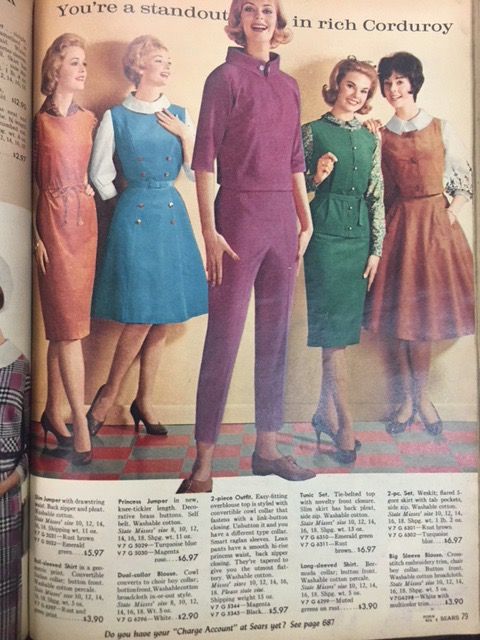
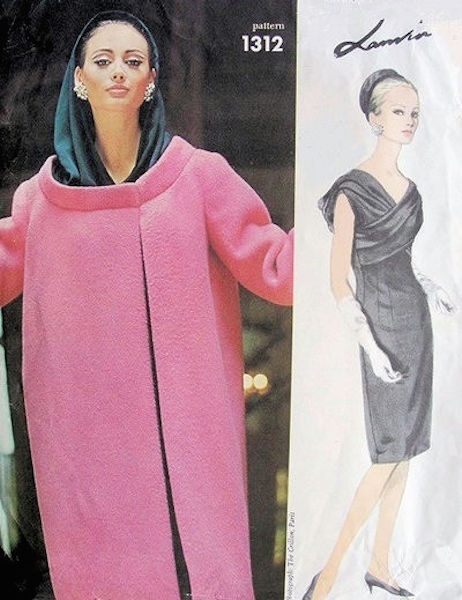
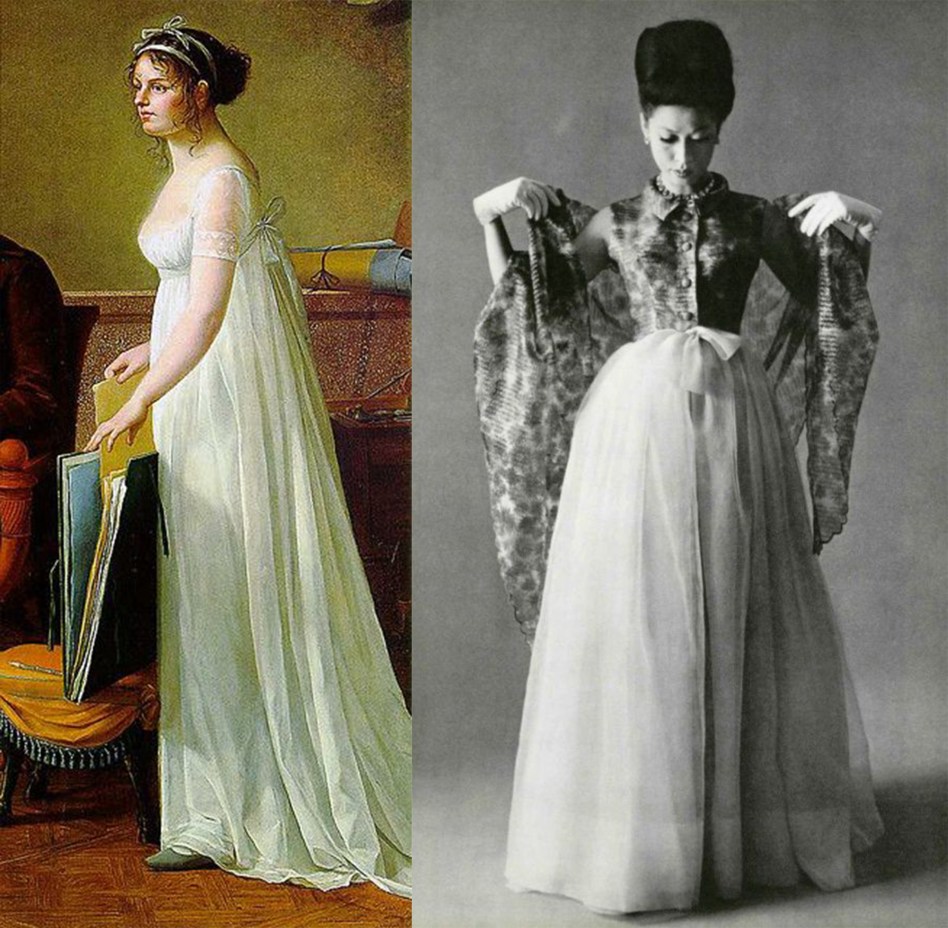
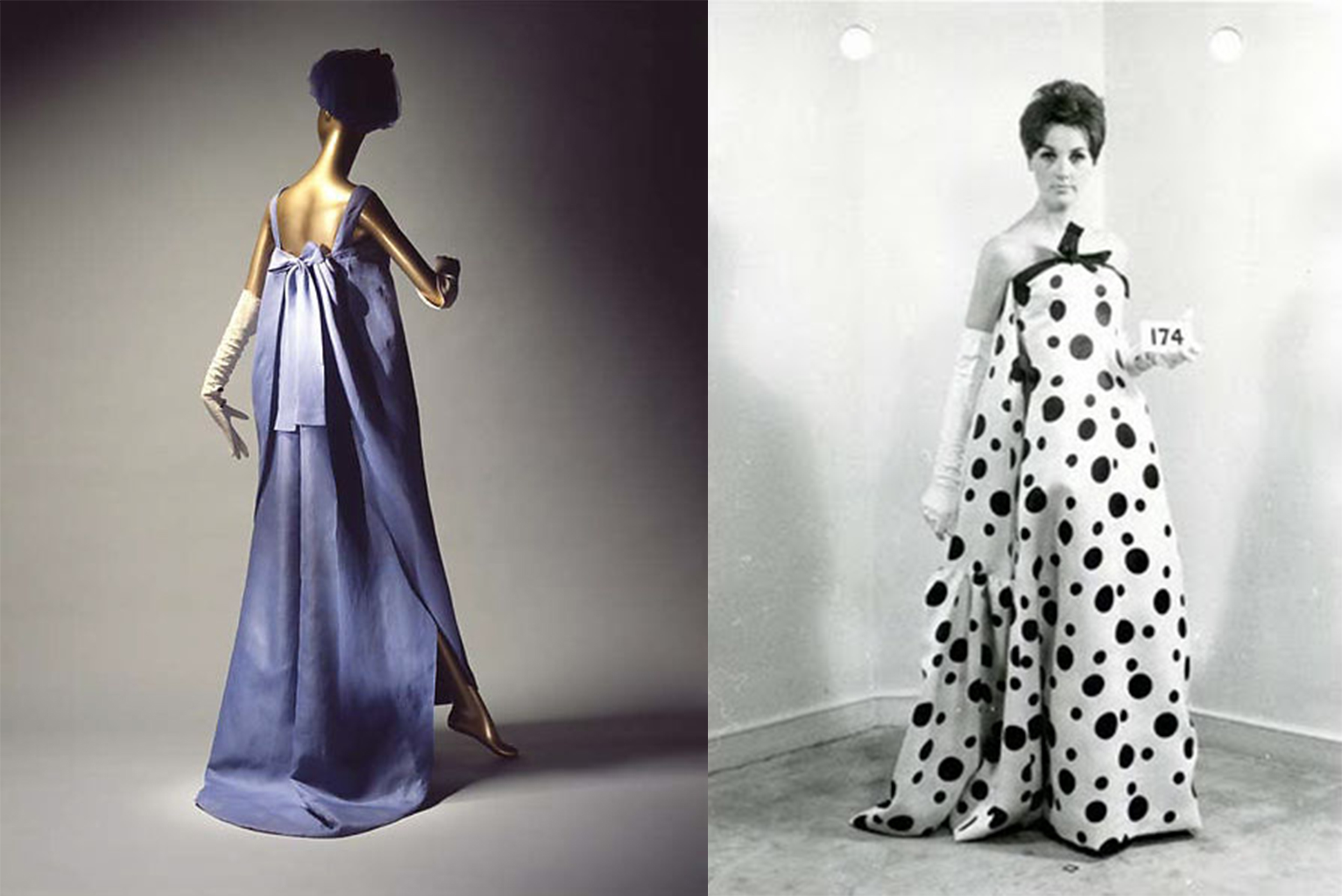

![[April 30, 1964] Mary Mary Quite Contrary: Mary Quant and the Modern Woman](https://galacticjourney.org/wp-content/uploads/2019/04/640430a03-672x372.jpg)







![[January 20, 1964] André Courrèges: Moon Parties](https://galacticjourney.org/wp-content/uploads/2019/01/640120a03-450x372.jpg)






![[November 23, 1963 cont.] After a fashion](https://galacticjourney.org/wp-content/uploads/2018/11/01-672x372.png)

![[October 16, 1963] A Look at Fall Fashion; Scrying the Future by Looking Back](https://galacticjourney.org/wp-content/uploads/2018/10/631016a05.jpg)
